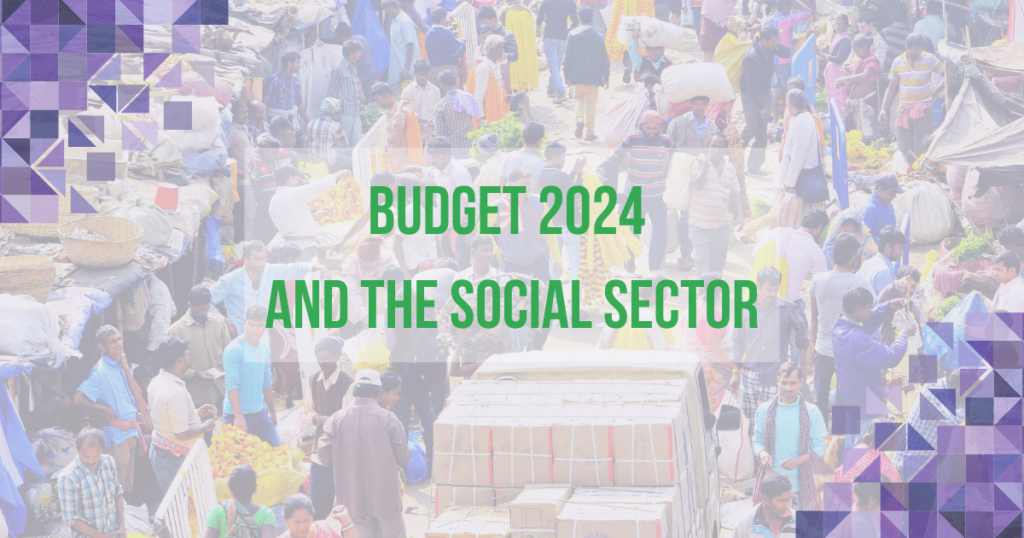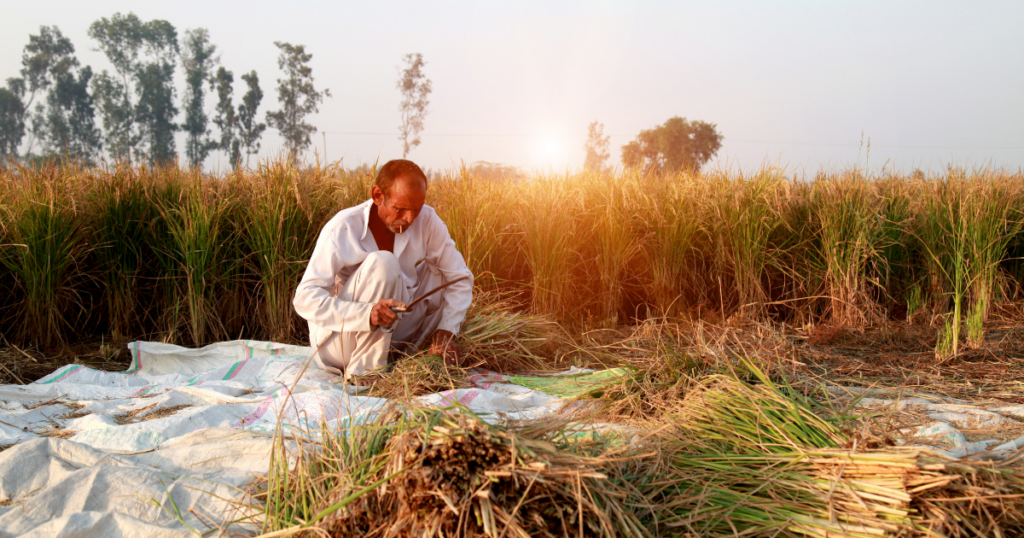The need for Technology in Agriculture
A rising global population, rapid urbanisation, and changing consumer demand are putting great pressure on food systems to meet the overall demand for food, and mitigate the environmental effects of agriculture in a sustainable manner. Technology can make agriculture more productive, efficient, sustainable, inclusive, and resilient. Advancements in areas such as seed- and bioengineering, ICT platforms, robotics, artificial intelligence, blockchain, machine learning, and analytics are driving productivity improvement, supply chain efficiency and transparency in agriculture in India. India’s agritech market is estimated to be worth $24 billion. Agritech investments in the country stood at nearly $500 million, a fourfold increase since 2016, with supply chain-based solutions attracting 80% of the total investments. However, agritech penetration remains abysmally low at less than 1%.
The current landscape: Age of information technology
The current agritech solutions are broadly addressing three key challenges across value chains – improving productivity, increasing traceability, and improving market linkage – with solution offerings ranging from digital marketplaces and farming-as-a-service (FaaS) to precision agriculture and biotechnology. In 2021, more than 50% of total investments received by the top fifteen agritech startups in India went to companies solving problems related to market linkages and input linkages. With rapid technological advancements, agritech is on the cusp of embracing new frontier technologies such as genome sequencing, autonomous farming machines, and blockchain.
Stakeholders in Agritechs: Driving the new-generation technology landscape
The key stakeholders in the agritech ecosystem are categorised as primary (service providers), secondary (enablers), and tertiary (end-users) stakeholders based on the vicinity of operations with beneficiaries. Primary stakeholders include startups and corporates, while secondary stakeholders include the government, venture capitalists, incubators and financial institutions. Both primary and secondary stakeholders work to cater needs of tertiary stakeholders, who can be farmers, communities and farming groups.
Authors: Pranjali Siwal, supported by Aparna Bhaumik, Rupsha Banerjee, Vaishnavi Singh and Arnab Mukherjee.
Technical review: Vikramjeet Sharma and Debaranjan Pujahari




